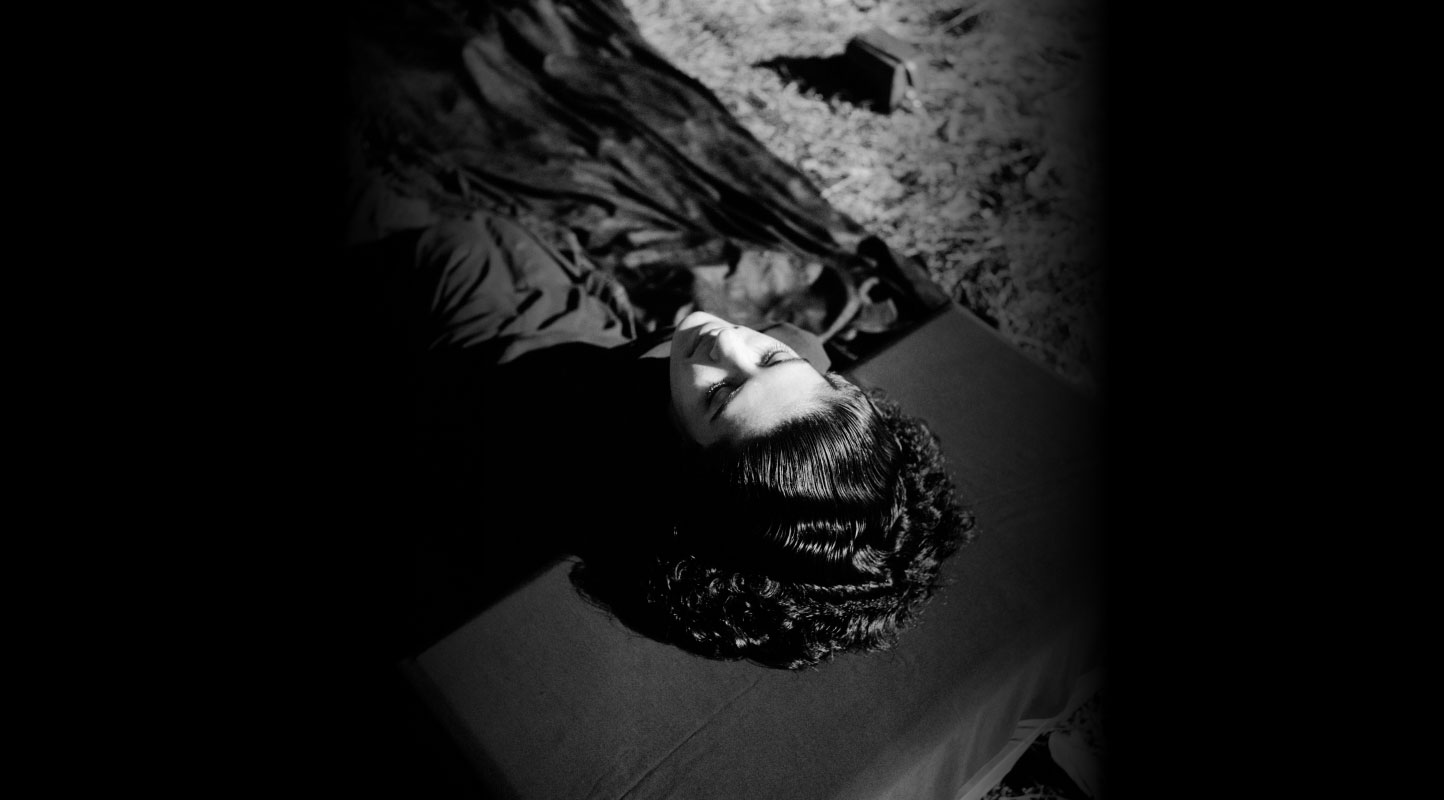A Future for Forests: Amche Mollem
In the Jardim Garcia de Orta (Municipal Garden) of Panaji, Goa, cut-outs in the shape of animals and plants were put on display as a part of an interactive public art installation, The Case of the Missing Species, initiated by the citizens-led group Amche Mollem. Comprised of lawyers, scientists, artists, writers, poets and filmmakers, Amche Mollem has been working since 2020 to raise awareness about the endangered forests in Goa.
The project was conceived as a part of the Serendipity Arts Festival Public Art Grant 2022, which invited Goa-based artists to create site interventions through interdisciplinary practices in Panaji. This installation sought to highlight the hundreds of species of flora and fauna in danger due to three construction projects set to cut through the forest—the double tracking of a railway line, the laying of a 400 KV high tension transmission line, and a highway expansion. It represents the inadequacy of data informing arbitrary decisions that lead to the destruction of forests. The collective invited people, including children, to write postcards addressed to the state and central authorities, which were then used to fill the gaps left in the cut-outs placed in the area.
The project takes its impetus from the species of the Bhagwan Mahavir Wildlife Sanctuary and the Mollem National Park that are “missing” due to their exclusion from a previous Environment Impact Assessments (EIA) study. Despite these glaring exclusions, the report was approved by the state and national governments in 2020. Several of these baffling omissions stand out, such as the celebrated state animal Gaur, and the Goan Shadow Dancer (Idionyx gomantakensis), a rare endemic dragonfly species, the Hairy-fruit Begonia (a flowering plant), and the Indian Flying Lizard. These compose just a fraction of the biodiversity excluded from the EIA study.
Artist Svabhu Kohli, one of the first members of the movement, commented on the growth of the movement in the last few years: “I think it’s incredible to see the movement’s journey in the last two years, where we have sustained citizenship, created awareness, found ownership of this movement in all the people who continue to get involved, reached the highest courts of order, interacted with our elected authorities, revoked and realigned projects and continue to fight for our beloved Mollem.”
Their Instagram page shares news articles and regularly highlights legal issues and scientific data surrounding Goa’s ecology through infographics, artworks and comics, among other media. The core engagement of the movement, however, revolves around the act of image-making encompassing ecological issues that aim to highlight larger narratives, while including the finer, important details.
The campaign is an open citizen’s movement, working amidst decentralised structures. In 2021, thirty-five professional artists from Goa independently responded to this issue, under the banner Mandalas for Mollem, and exhibited their work through an online exhibition. It has now been dubbed as one of the most successful environmental campaigns in Goa’s recent history. Over the past two years, citizens have signed petitions and written letters to their local representatives, walked long distances, sat on railway tracks until the wee hours of the morning, and held up banners in support of a future full of forests.
However, despite these landslide rulings, the Indian Railways plan on conducting a fresh EIA to resurrect the project. Wildlife biologist, and one of the few who spearheads the campaigns, Nandini Velho, states, “Art or science is not just what we practice or see about ourselves, but it’s also about our relationship with the world, and in this case, the Goa we envision and want to have. So, having artists alongside working, not in just their silos but trying to connect with society, is what the growth has been.”
But such campaigns with their ability to cut across social barriers and bring communities together to fight for a cause, something we desperately need in these current trying times, show otherwise.
As the Amche Mollem end note elaborates, “Art creates a bridge that is understandable, relatable, and has longer staying power. It brings stillness and the sense of place that is crucial in conveying that there is something of value here to protect and that ours is a land truly worth fighting for.”
To read more about projects from the Serendipity Arts Festival 2022, read Arti Das’ piece on Salil Chaturvedi’s project, Prabhakar Duwarah’s conversations with Goa Familia, Uppu Collective and Supriya Dongre.
All images from The Case of the Missing Species (2022) by Amche Mollem, courtesy of the artists.




